Ed Freeman
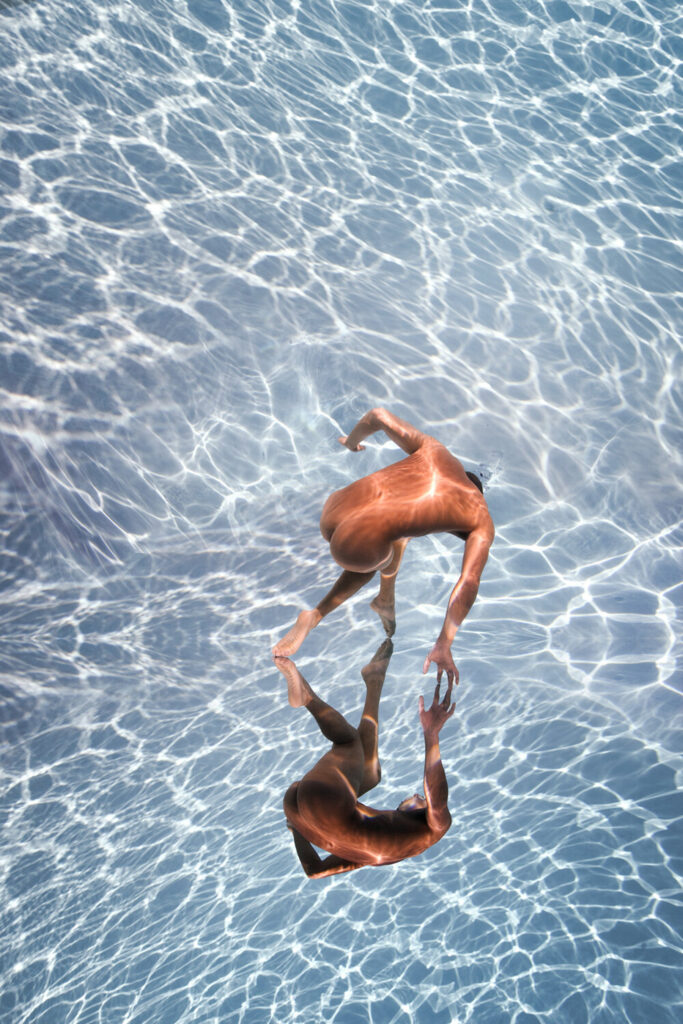
“I don’t deal in messages and meanings; my job is ask questions, not to answer them”
There is an otherworldly quality to Ed Freeman’s images of buildings, where hangovers of the twentieth century, such as motel signs and fast food joints, are captured within a desolate environment. This is deliberate, as Freeman resituates iconic elements of the American Dream within a digitally-configured landscape he has careful created. By inserting different landmarks into the same, but nevertheless slightly altered setting, Freeman challenges the viewer to look more closely at the subject matter, and in turn, at the built environment proper. Freeman’s imagined scenes take on a more obvious appearance in his series of dreamlike underwater nudes. What seem, at first glance, as painterly visions of figures gliding deep below the sea, are, on closer inspection, derived from photographs taken of models shot in a swimming pool. Digital enhancement and manipulation drives Freeman’s work, and by immersing the viewer in this constructed world, the qualities that make up the ‘real world’ return to the fore.
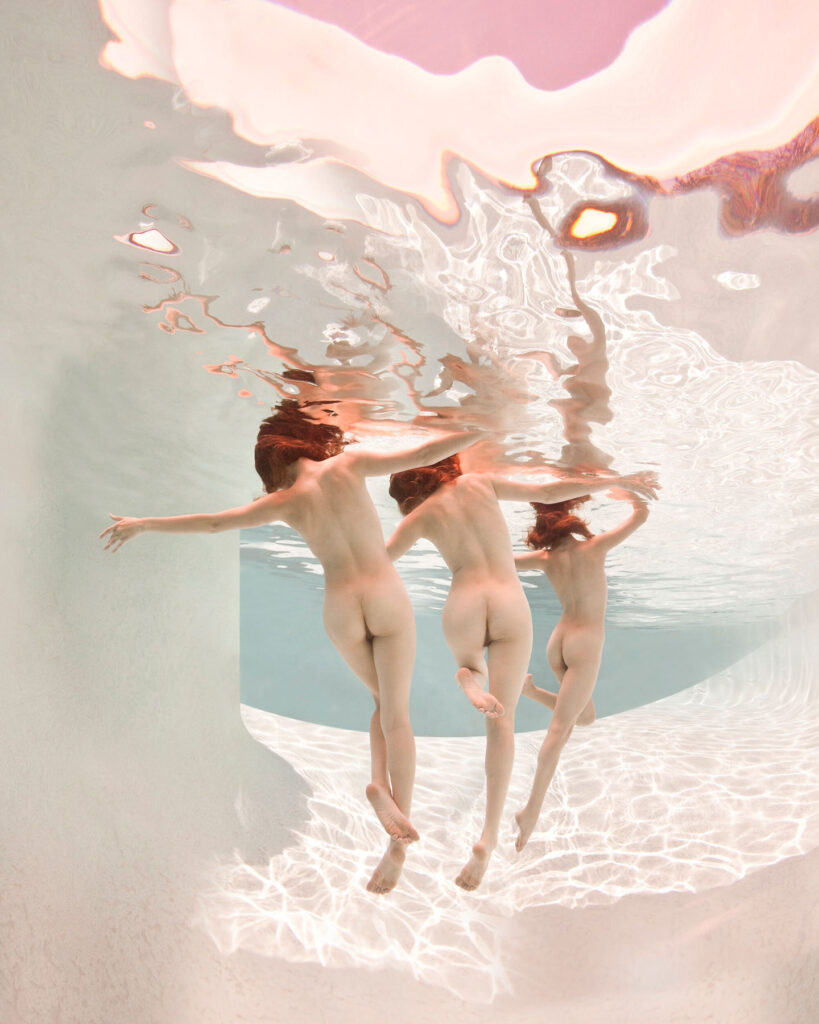
How does your work capture emotion in a way that non-manipulated photography cannot?
Non-manipulated photography is unmatched for capturing emotion. What I can do with manipulation is remove elements that distract from that emotion, modify lighting to enhance that emotion. It’s difficult or impossible to invent emotion where none existed before.
Do you envision the final outcome of an image when you’re taking photographs prior to editing?
Absolutely. When I look in the viewfinder, I see what’s in front of the lens, but I also see what the final print looks like. I’m always very conscious of what I can and cannot do in post-production. When I’m photographing old buildings and I know I’m going to erase the surrounding structures, I’m careful to shoot some nearby empty land to fill in the parts that I’m going to erase. When I’m photographing underwater nudes, I think, “that was an almost perfect body shot. Her eyes were closed, but there’s that great facial expression I shot five minutes ago. I think I can splice that head onto this body. And maybe I have a better foot someplace; I’d better check.”
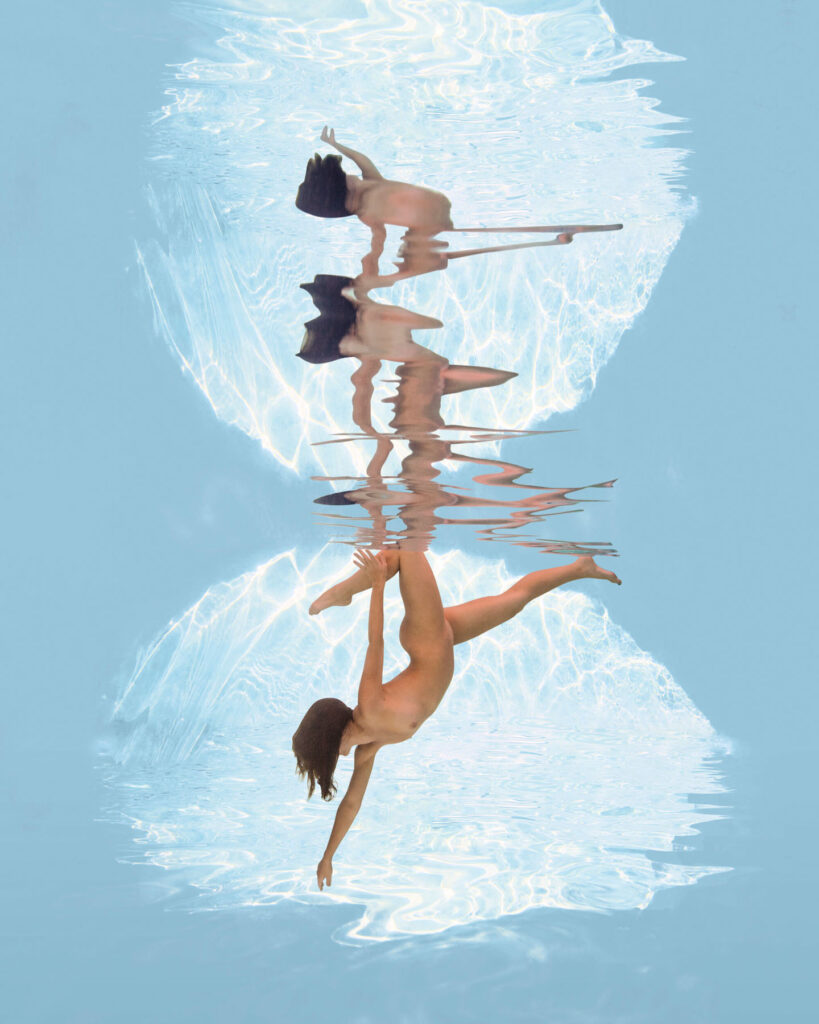
What is the importance for you in documenting the landmarks of a bygone era in the Realty series; What do you want the viewer to take from them?
Viewers can take from my pictures whatever they want; it’s not my job to control their experience. But for me, these old buildings are part nostalgia and part a commentary on the death of the American Dream. I grew up in a time when America was an optimistic land of opportunity. Now it seems to have devolved into a land of xenophobia, racism, polarization and paranoia. These crumbling buildings hark back to a simpler, happier past and by extension, maybe point the way to a happier, albeit less naive future.
Similarly, many of the buildings you have photographed have since disappeared, so what can they tell us about the present and the future?
Everything changes, everything ages and evolves. Today’s hip will be tomorrow’s kitsch, next year’s laughing stock and next generation’s quaint gem waiting to be discovered and revived. That has forever been true yet each generation has to learn it for themselves.
“For me the solution is to be passionately invested in the present, fascinated with the future and at the same time know and love the past – sort of the same way you know and love your goldfish.”
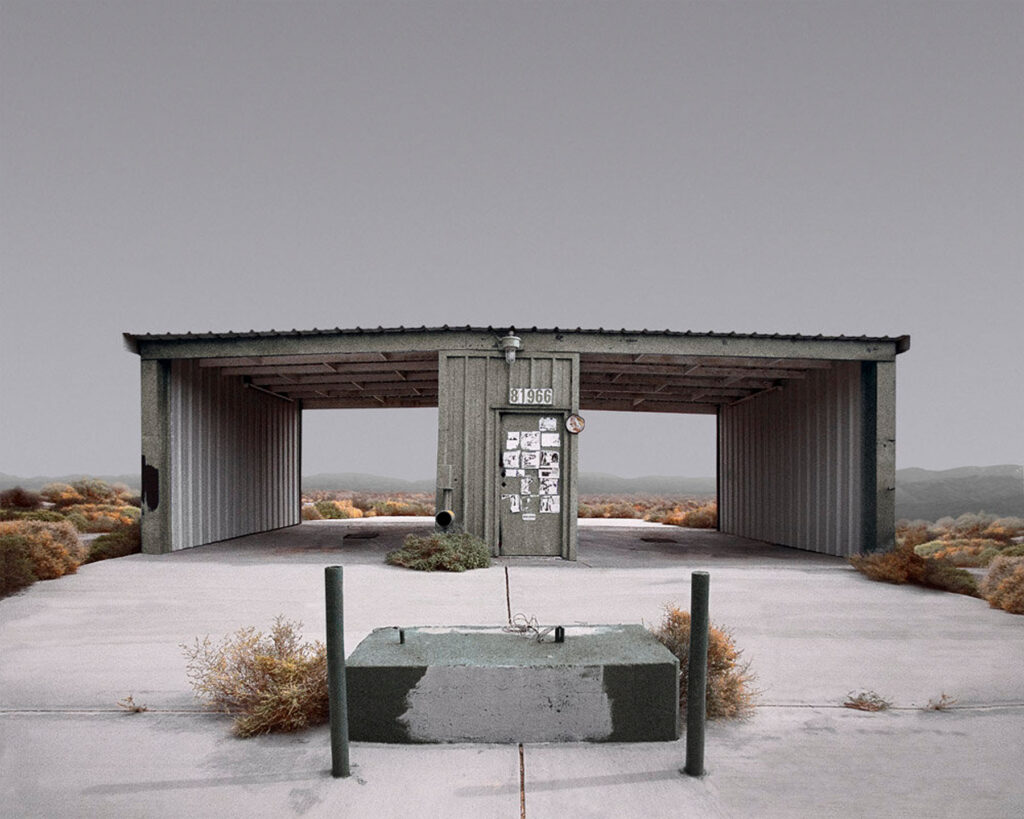
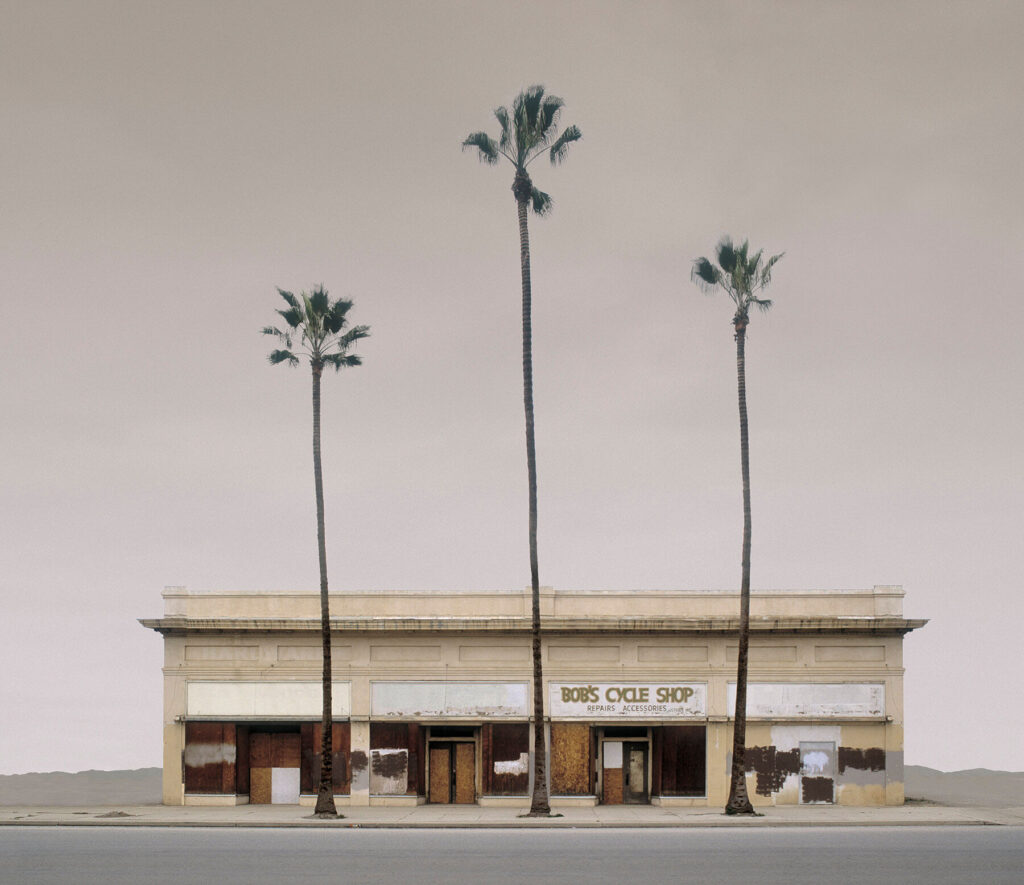
What draws you to the themes you explore?
Well, first of all, I’ve always liked the way people look without their clothes on. I’d probably be a nudist if I weren’t such a prude. That pretty much explains the underwater nudes. Other than that, I have no insights to offer.
“I’m interested in EVERYTHING and if I had enough time, I’d photograph everything. Thank God I don’t because my filing system is complicated enough as it is.”
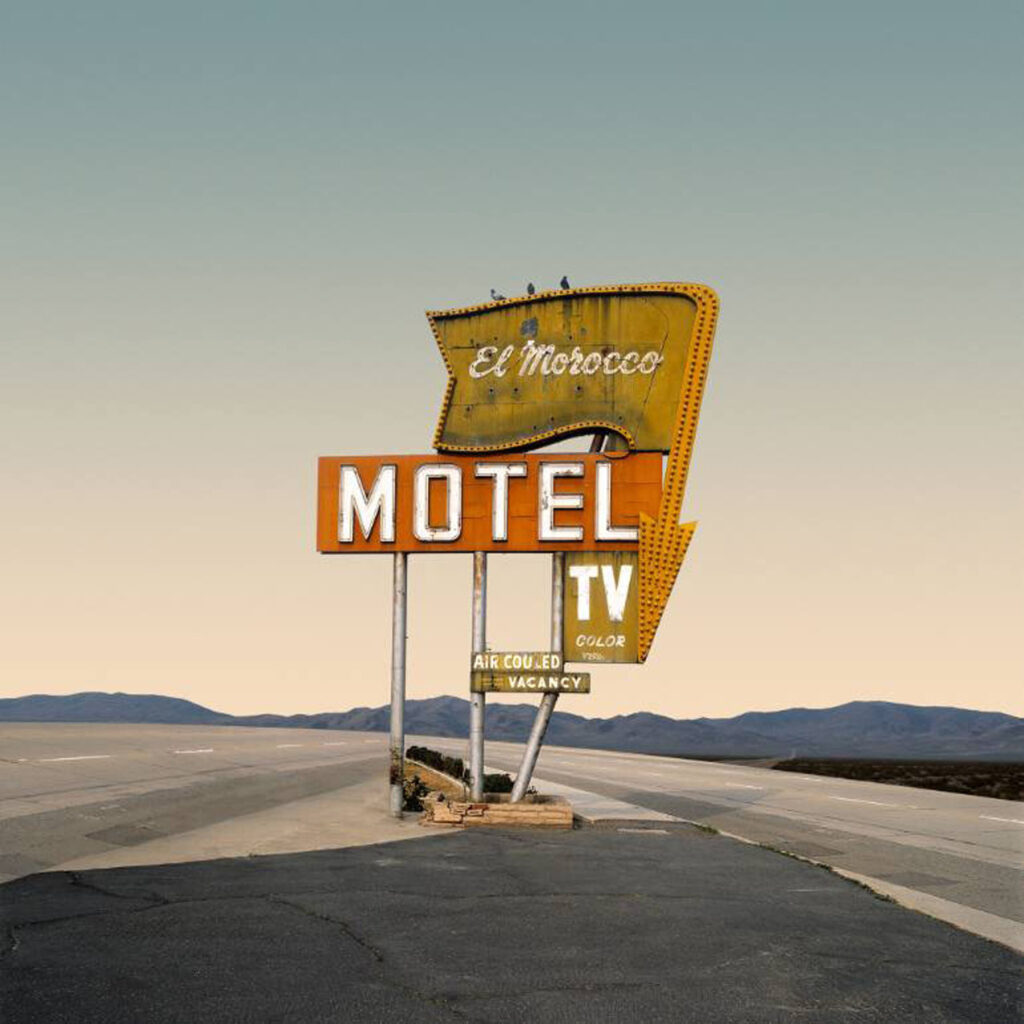
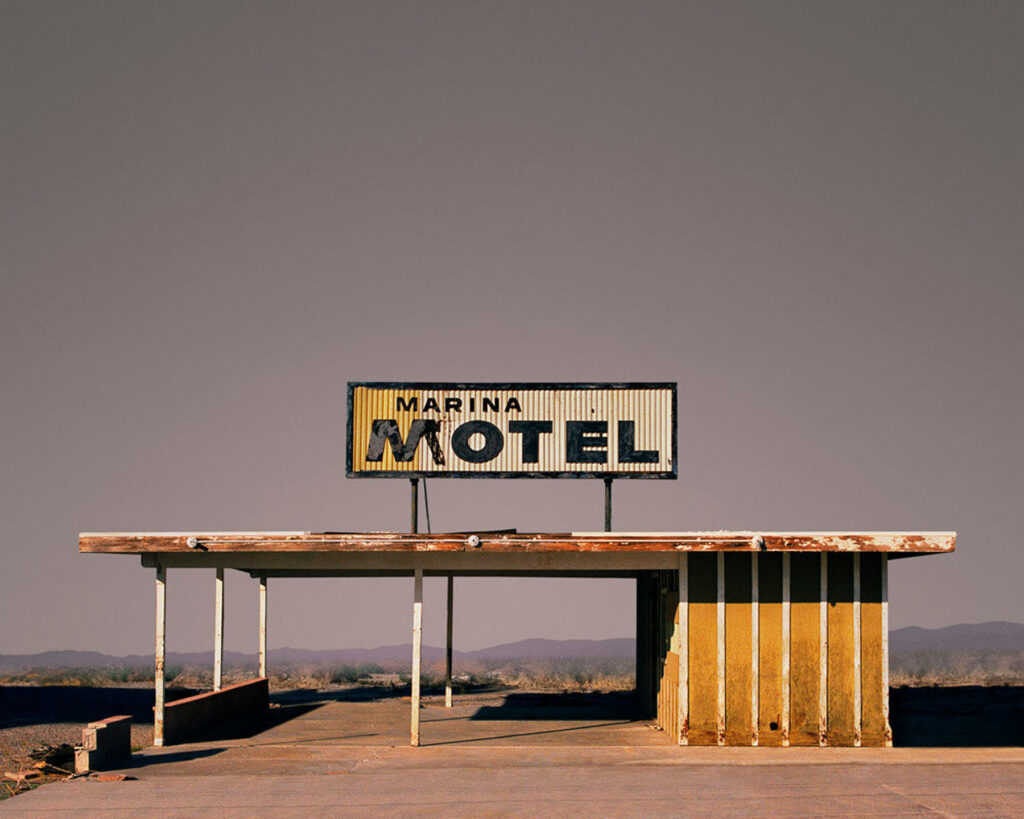
Visually, the Underwater and Realty series could not seem more different, but are there any shared meanings in them?
I don’t deal in messages and meanings; my job is ask questions, not to answer them. Sort of analogous to the chef who might say, “my job is to prepare food, not to eat it.”
Your practice hinges upon digital photography and manipulation; Do you think that over time it will be recognized as its own medium?
Identifying what I do as distinct from traditional photography is not particularly important to me, but I think it is to people who collect photography – they have a legitimate right to know how much manipulation, if any, has been done to an image. Any serious collector of mid-century photography knows that Ansel Adams used every darkroom trick in the book to refine his images, whereas Edward Weston was a purist who never did any modification to his. They both made stunning works of art. These days, we have more ways to manipulate pictures than Ansel ever dreamed of. I’m not sure we have to invent a new term for altered photographs, but we certainly have to be upfront about what goes into the finished picture. Some people look down their noses at extensive manipulation, but most (including me, obviously) just see it as one option among many in contemporary photography. Any technology, including Photoshop, can be used to create art. “Whether or not it’s a great novel depends on the writer, not the typewriter.”
Credits
www.edfreeman.com/collections